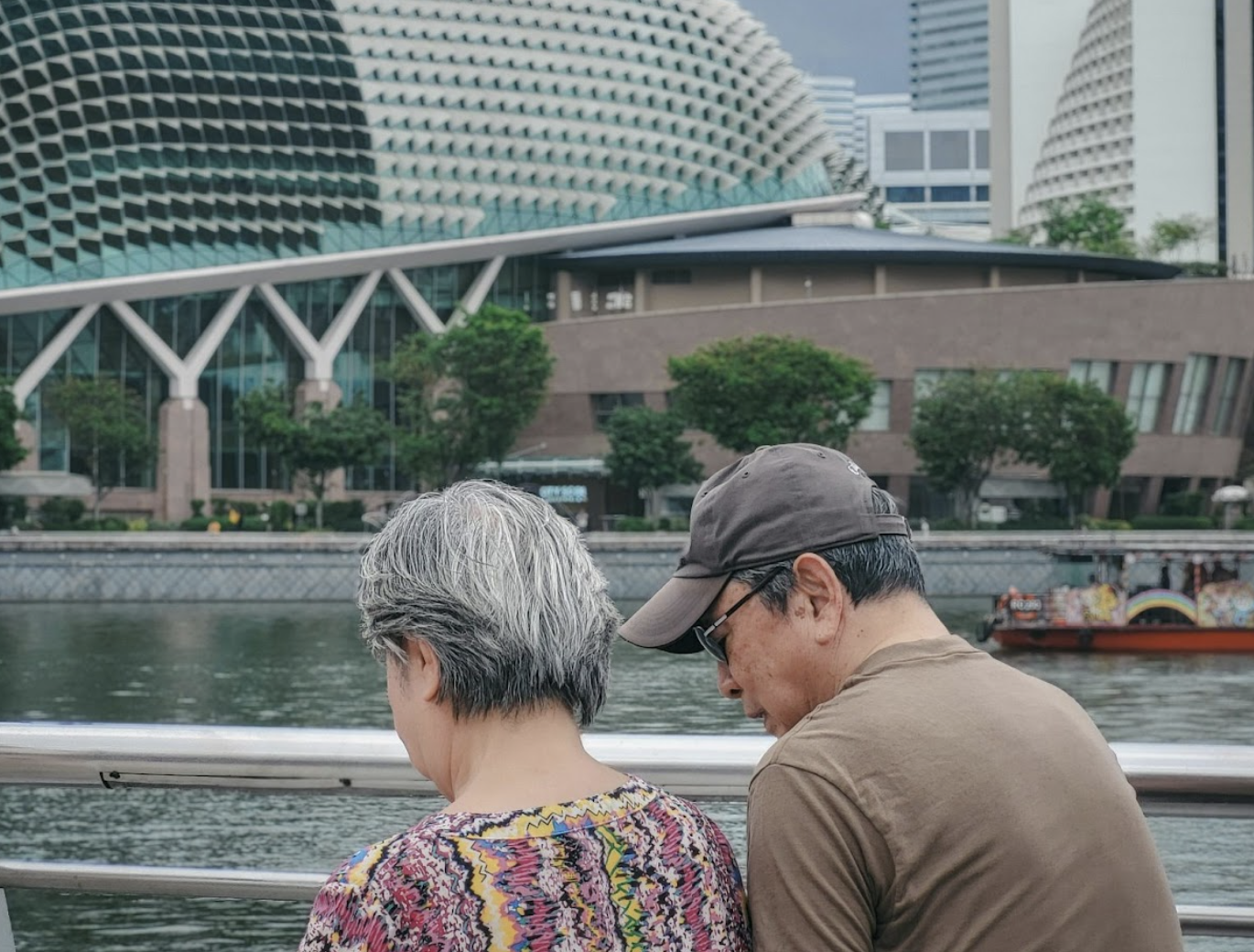Browse through our library of informative resources to stay informed and inspired


Here is the answer you’re looking for first: The record-high number of new Permanent Residencies (PRs) is a strong, positive signal for 2026 applicants. Official PR statistics show that 35,264 individuals were granted PR in 2024, the highest number since 2010.
However, this does not mean that the Singapore PR approval rate is becoming more lenient. Instead, it reflects a stable, long-term immigration strategy focused on quality, commitment, and demographic needs. Singapore is actively seeking ~33,000-35,000 high-quality individuals annually to balance its demographic challenges, such as a historic low 0.97 fertility rate and a rapidly ageing population.
The critical takeaway is this: this high intake is a replacement policy, not an expansion. The total PR pool is being held stable at 0.54 million. This high-turnover model is now being enforced by a new, stricter Re-Entry Permit (REP) policy effective December 1, 2025, which is designed to filter out non-committed PRs.
For you, this means your PR application chances in 2026 depend on proving two things: high economic value and, more importantly, a verifiable, long-term commitment to making Singapore your home.
Recent headlines about record-high PR approvals have created a buzz, but it’s crucial to understand the data in its full context.
In 2024, Singapore granted 35,264 new PRs. This continues a stable, upward trend seen in recent years:
The five-year average (2020-2024) is around 33,000 new PRs per year, slightly higher than the 31,700 average from the previous five-year period (2015-2019). This shows a consistent, measured, and non-erratic policy, not a sudden “opening of the gates.”
Here is the most important piece of data from the government’s “Population in Brief 2025” report: despite granting over 35,000 new PRs, the total PR population remained stable at 0.54 million. In fact, it saw a tiny decrease from 544,900 in June 2024 to 543,800 in June 2025.
How is this possible? It confirms that the government is operating a “dynamic replacement” model. The ~35,000 new PRs granted are not being added to the total; they are replacing those who are leaving the pool.
This “replacement model” works through two major outflows:
This is excellent news for new applicants. It means the system requires a fresh intake of ~35,000 committed individuals every year to stay stable.
Singapore’s immigration policy is not random; it is a direct solution to the nation’s most pressing long-term challenges. The government is explicit that immigration helps “moderate the impact of ageing and low birth rates”.
Low Fertility: The Resident Total Fertility Rate (TFR) remained at a historic low of 0.97 in 2024, far below the 2.1 needed to replace the population naturally.
Ageing Population: The median age of citizens is now 43.7. By 2030, 1 in 4 citizens will be aged 65 or over. This creates a massive strain on the economy and healthcare.
Economic Needs: The government also uses the PR scheme to fill specific, urgent economic gaps. In 2025, officials explicitly mentioned granting PRs to healthcare workers to support growing healthcare needs and to workers in construction to support major infrastructure projects.
These factors are part of a larger demographic shift with wide-ranging economic and social implications. (Read our detailed analysis of the key population trends shaping Singapore’s future here.)

The latest profile data provides a useful blueprint of the ideal PR applicant, showing what attributes the Immigration and Checkpoints Authority (ICA) prioritises when assessing new PRs.
| Profile of New PRs (2023 Data) | Percentage |
| By Region of Origin | |
| Southeast Asian Countries | 56.8% |
| Other Asian Countries | 35.8% |
| Others | 7.4% |
| By Age Group | |
| 20 Years & Below | 24.7% |
| 21-30 Years | 29.2% |
| 31-40 Years | 33.6% |
| Above 40 Years | 12.5% |
This data reveals a clear strategy:
Over 92% of new PRs come from Asia, with a significant majority from Southeast Asia, likely due to perceived cultural proximity and easier integration.
Over 62% of new PRs are in the 21-40 age bracket. This is the prime working and child-bearing demographic, directly addressing Singapore’s economic and demographic needs.
This is the most critical new development for both existing PRs and future applicants. Starting December 1, 2025, the rules for the Re-Entry Permit (REP) will fundamentally change.
A valid REP is what allows a PR to retain their status while travelling abroad.
This new, automated, “no reinstatement” REP rule is what strengthens the Government’s dynamic replacement model, ensuring that only PRs who live and contribute in Singapore remain in the pool. It is a powerful legal tool designed to “weed out” PRs who are not physically residing in Singapore or who are not committed enough to manage their administrative responsibilities.
This change directly impacts 2026 applicants. It proves that ICA’s primary filter is shifting from just economic contribution to provable, long-term physical commitment to Singapore.
Given this data, a successful 2026 PR application must be a “commitment dossier,” not just a resume.

The PR statistics 2025 are a clear signal of opportunity. The government needs to grant around 35,000 PRs annually, and your PR application chances in 2026 are strong if you fit the new, evolving “ideal” profile.
The 35,264 approvals in 2024 are not a sign of relaxed standards; they are a sign of a stable, high-demand system. The successful 2026 applicant will be the one who can prove they are not just a valuable employee, but a future-committed, integrated, and contributing member of Singaporean society.
The path to Singapore PR is clear, but the standards for entry and staying are rising. With the new REP policy raising the stakes on commitment, your application must be flawless. To maximise your Singapore PR approval chances in 2026, your profile must clearly demonstrate commitment, contribution, and integration. A professional PR eligibility assessment helps you identify gaps and strengthen your application before submission.
Please share with us some details about your needs, we will get back to you.